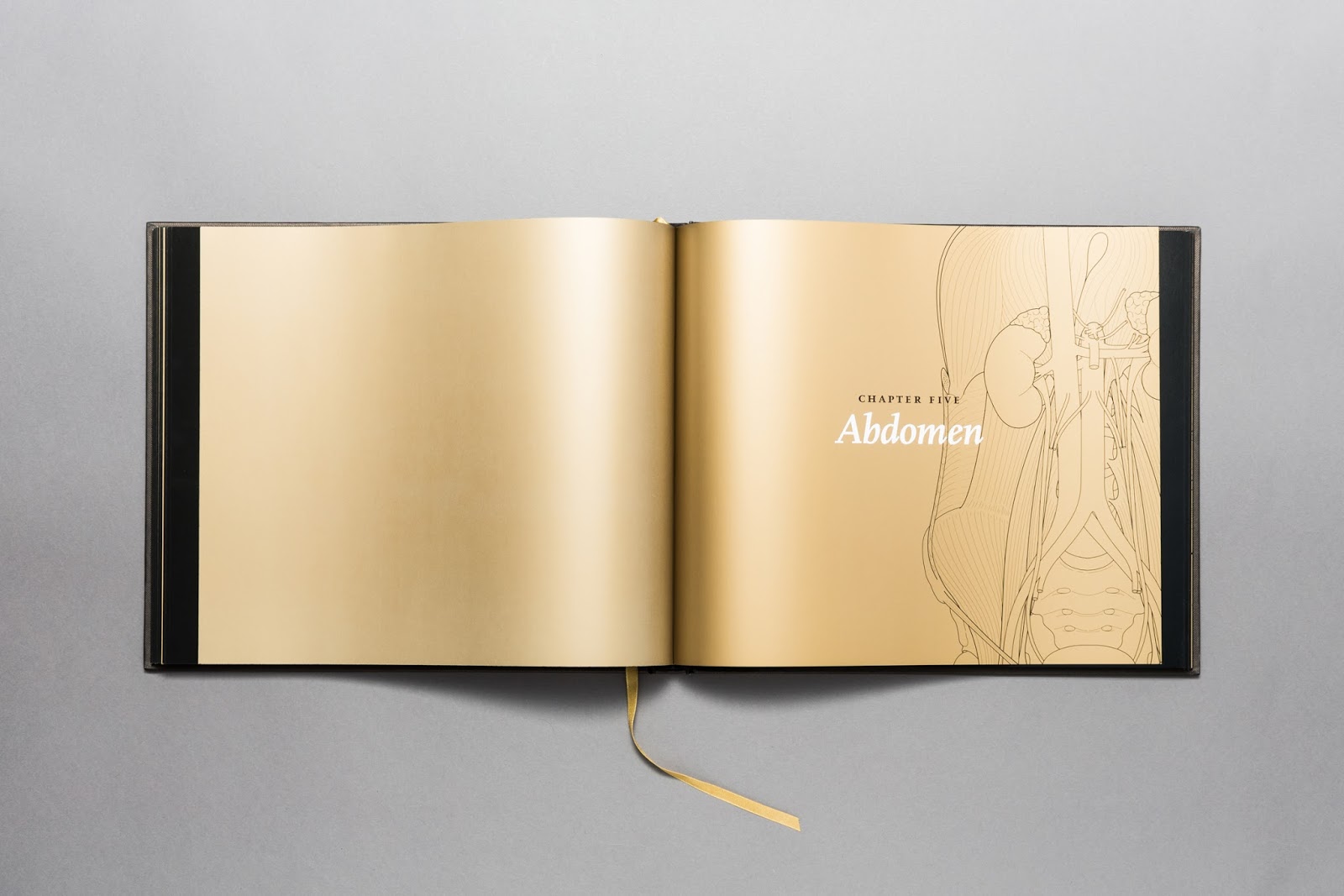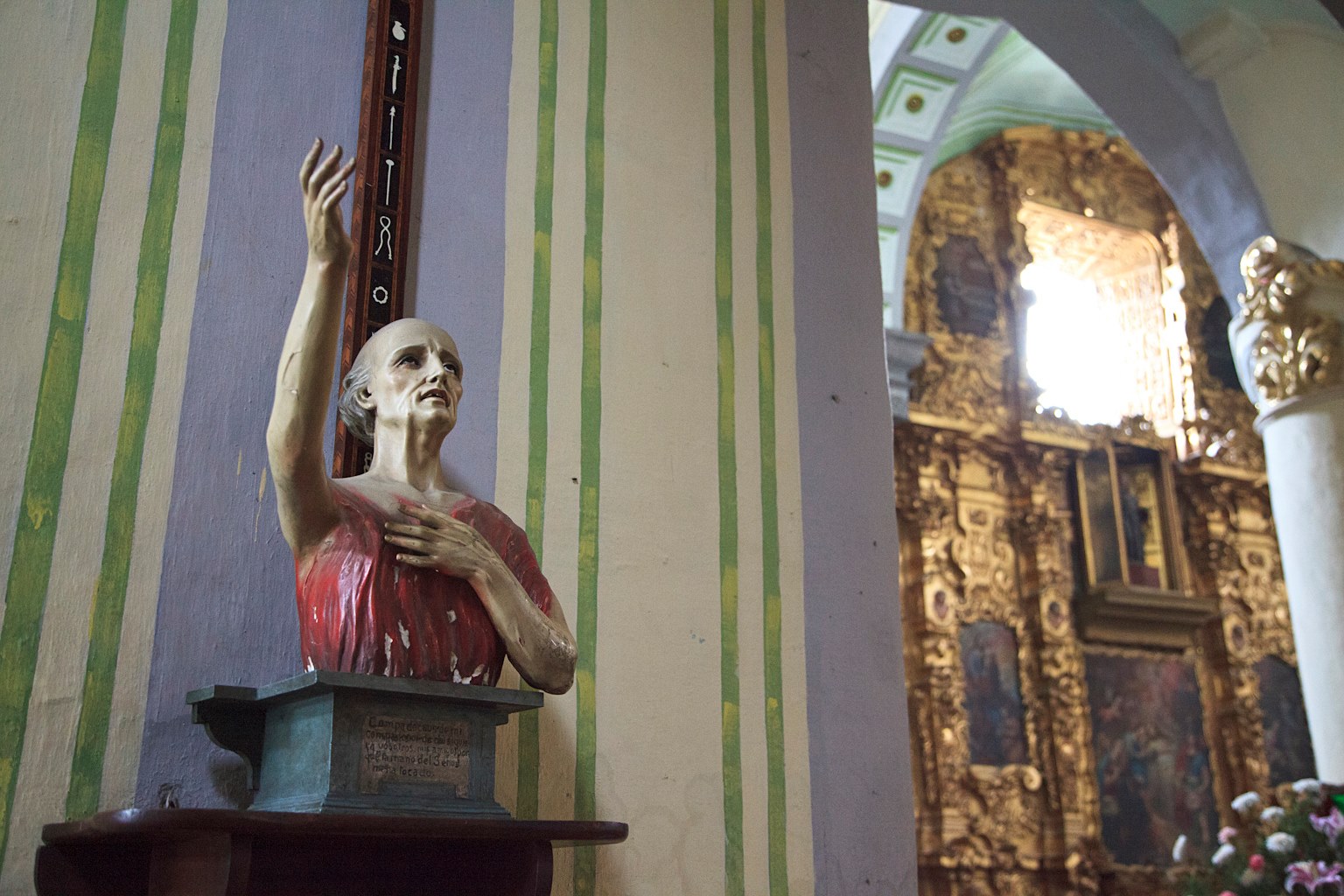The Days of the Dead: A Dispatch from Rome
Halloween in Rome is a quiet night even when it falls on an unusually warm Saturday like it did this year. A handful of kids trick-or-treated at the shops around the Campo de’ Fiori dressed as some pastiche of a corpse, a vampire or a witch and the study abroad students drank in the same bars they always do, but this time with light-up devil horns or a cape. I took a midnight stroll to the Ponte Sant’Angelo to see if the ghosts of any criminals that were executed there from the 12th to 19th century felt like celebrating, but it seemed they had no use for an imported American holiday. I wasn’t really disappointed though because on November 1st, as Americans woke to stare Christmas in its gaping maw, Italy began a two-day Catholic holiday devoted to remembering the dead.
November first was All Saints’ Day, a day devoted to the holy dead—the saints and martyrs in heaven. This is a holy day of obligation, meaning practicing Catholics are obligated to attend mass, so a lot of shops and restaurants were closed. But one of my favorite bakeries was open so I stopped and bought some almond cookies made especially for the holiday called “beans of the dead”.
Beans in Italy have a long and curious history as a food that harbors symbols of both life and death, in the form of supposed dead souls trapped in the bean and in the way beans swell with life like pregnant women. Beans, beans, the paradoxical fruit… Writers
Sarah Troop and
Colin Dickey have both written fascinating pieces about them and you should absolutely read both of their pieces.
Fortified by my bean-cookies and a double espresso (the Italian breakfast of champions) I set out on a walk through the city until I got to the Campo Verano cemetery, just outside of the Aurelian walls that surround the historic center of Rome. This is where Pope Francis was saying mass today. The cemetery was dressed for the occasion—relatives had spruced up graves with pots of mums and votive candles.
A growing crowd trickled in and I figured I would try to find a decent place to stand on the outskirts and maybe I could catch a glimpse of the pope. I was unsuccessful. Instead, I got caught in a group of gung-ho nuns who were going to see il Papa come hell or high water (though either scenario seemed unlikely). When Vatican security officers began letting a few people into the gated seating area, it became clear I had two options: go with the flow or die in a nun stampede.
I chose to live and wound up with a great seat for the papal mass. The sun set as incense wound around the tombs and I was thankful to survive… for another day anyway.
That night, I chatted with a friend who jokingly said that the only way a papal mass in a cemetery could be more “me” is if they dug up the graves and sat the corpses around me. I replied in all seriousness, “No, that’s tomorrow night.”
The day after All Saints’ Day is All Souls’ Day, a holiday devoted to all the other Catholic dead—the regular Joes and Giuseppes who might be in heaven or who could be working their way though the fires of Purgatory where souls are purged of sin before being admitted to heaven. This holiday is somewhat less important in the eyes of the Church, but what it lacks in official holy obligations, it makes up for in popular devotion.
Around 4pm, as the starlings began their ritual of ominously swarming overhead, I went to Holy Mary of Prayer and Death, an oratory on Via Giulia that you can’t miss thanks to the huge, laughing skulls and skeletons that decorate the façade year-round. Any other time, you’re likely to find the doors locked but today, a nun kept a side door open and welcomed people inside. Drop a few coins in her basket and she’ll be your own personal Charon who takes you to the land of the dead. She escorted me down a narrow hallway lined with tombstones to what remains of the oratory’s crypt and cemetery.
The previous day’s cemetery had the pomp and formality you would expect from a papal mass. The elegant, 19th century tombs were built when Napoleon issued his public health codes which mandated that burials take place outside the city walls, under sanitary, modern conditions. These laws were put into place to obliterate macabre little ad hoc crypts like this one. Here, vertebrae were made into rickety electric chandeliers. Skulls were mounted on the wall to form a cross, or stacked in cabinets or piled onto the altar. A stray ribcage slumped in a corner. I recognized him from a previous visit, when he used to have a skull and had been propped up on a rod like a human pogo stick. Time keeps on slippin’, I suppose.
I’ve done a bit of research on this oratory so I decided to offer a little context to a group of confused and slightly unsettled folks from Boston who came down. They had just been walking down the street and came in because the nice nun told them to. I explained that this confraternity used to walk out to the countryside to collect the bodies of dead migrant workers from the fields. They gave them a Catholic burial in the crypt here, but a Catholic burial doesn’t actually require you to stay buried. So the bodies were eventually dug up and used as decoration or better yet, as actors in the theatrical scenes the confraternity staged for All Souls’ Day in the 18th and 19th centuries. If you want my full tour, you can read
this previous guest blog I wrote which includes old photos of what the crypt looked like in its heyday.
The nun on door-duty seemed to enjoy my little tour because she sent a few more people to talk to me and by this time I was leaning into my fantasy job as Italian crypt-docent. (Please let me know if you hear of an opening in this field.) I would’ve stayed but I looked at the time and realized I had to run. There was no way I was going to be late for my next visit.
I hoofed it over to St. John Calibyte on Tiber Island for a very special once-a-year treat. On the night of November 2nd, and only then, you can join a candle-lit procession for the dead and see the Sacconi Rossi crypt.
The Sacconi Rossi were a confraternity similar to the one at Holy Mary of Prayer and Death, but they worked inside the city limits, picking up the bodies of people who died on the streets and fishing poor souls out of the Tiber. They offered these bodies a similar type of temporary burial followed by an eternity as crypt decoration.
Sacconi Rossi is a nickname and it literally means “red sacks” because they wore bright red robes. Their official name is “Devotees of the Brotherhood of Jesus Crucified at Calvary and Holy Mary of Sorrows” so you can see why they needed a nickname. They don’t really exist as an organization anymore but every year for All Souls’ Day, people from the parish of Santa Maria dell’Orto don the red sacks and honor the unknown and forgotten dead. After a mass, the priest and the red-robed parishioners led a candlelit procession down to the banks of the Tiber. There, the priest threw a wreath of white flowers into the river to honor all the unknown people who died. Then the procession went back up to the piazza were the crypt was unlocked for its annual blessing and visit.
In this crypt, the bodies were so old that the smaller bones had all crumbled into dust. What remained was mostly toothless, jawless skulls stacked on tibae and femora. The only whole-ish skeleton was missing his feet and wore the red robe of the confraternity. He was splayed out on the ground between two pews, inviting everyone to take a seat and ponder him. As David Sedaris says in his essay
Memento Mori, “The skeleton has a much more limited vocabulary, and says only one thing: ‘You are going to die.”
A cloud of incense filled the crowded rooms of the Sacconi Rossi crypt and dozens more red votive candles burned as the priest sprinkled holy water on the bones. A few people joked under their breath that it was so hot that it was a shame that only the dead were getting sprinkled. But that’s the way it is. This is their day. Every other day is for the living.











































